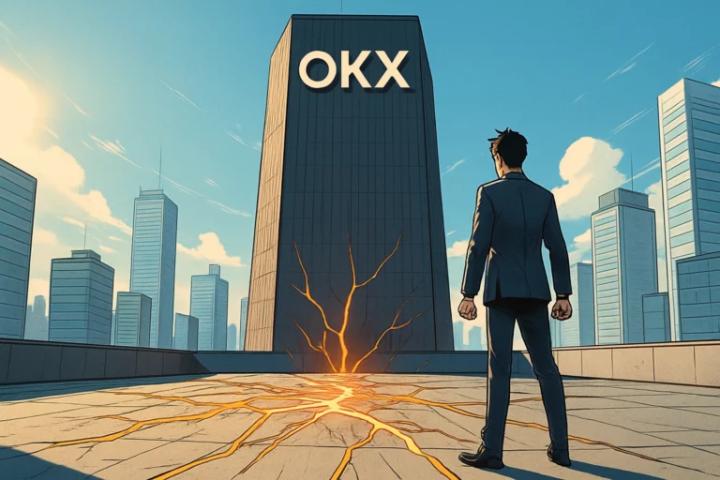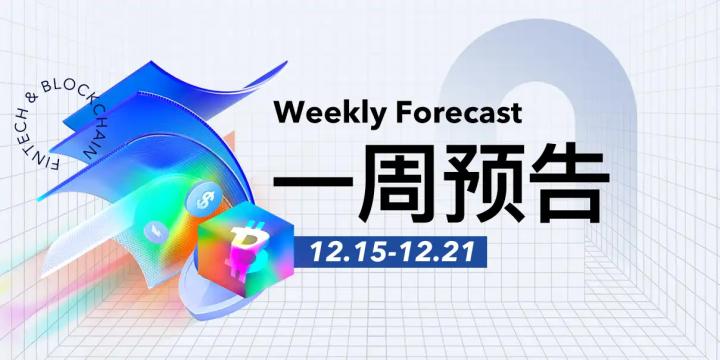Despite Bitcoin's realized capitalization surging by $8 billion in a week to surpass $1.1 trillion—a sign of robust on-chain momentum—the spot price remains stagnant. This divergence highlights a rare disconnect between internal network strength (evidenced by accelerating mining investments, rising hashrate, and active blockchain metrics) and external market inertia. Structural indicators continue flashing bullish signals, suggesting underlying fundamentals may soon catalyze price action. Current analysis as of November 2025.
Bitcoin’s Technical Rebound Stalls As ETF Pause
Bitcoin's realized capitalization surged by $8 billion in a single week, crossing the $1.1 trillion threshold—a rare on-chain momentum typically seen during periods of extreme market activity. Yet, the spot price remains stagnant, revealing a stark disconnect between internal network strength and external market inertia.
Structural indicators flash bullish signals: mining investments accelerate, hashrate climbs, and blockchain activity intensifies. Meanwhile, demand drivers like ETF inflows show signs of fatigue, creating a tension between underlying fundamentals and short-term price action.
Illegal Crypto Mining Strains Iran's Power Grid Amid Subsidy Exploitation
Iran faces an escalating energy crisis as unauthorized cryptocurrency mining operations consume 1,400 megawatts daily—equivalent to powering 10,000 households. Authorities have shuttered 104 illegal farms and seized 1,465 rigs, yet 95% of the country's estimated 427,000 mining devices remain unlicensed. The strain threatens grid stability.
Subsidized electricity tariffs have positioned Iran as the world's fourth-largest mining hub, with profit margins reaching absurd levels: producing one Bitcoin costs $1,300 against global market prices exceeding $108,000. Akbar Hasan Beklou of Tehran's power utility confirms miners exploit industrial rate structures to run operations 24/7.
Musk Predicts US Bankruptcy Without Reform
Elon Musk has issued a stark warning about the United States' fiscal trajectory, labeling the current debt situation as "crazy" and unsustainable. During a three-hour conversation with Joe Rogan, the Tesla CEO asserted that the country is heading toward a budgetary collapse, with federal debt now exceeding $38 trillion. Post-Covid spending and rising interest rates have exacerbated the crisis.
Musk contends that traditional measures like budget cuts will be insufficient to avert disaster. He argues that only a technological revolution—driven by artificial intelligence and robotics—could generate the economic growth needed to stabilize the situation. "There is no way to solve this," he declared, emphasizing the systemic nature of the deficit.
This looming financial crisis could have significant implications for Bitcoin. Historically viewed as a hedge against dollar weakness, the cryptocurrency may see renewed interest as confidence in traditional fiscal systems erodes. Market participants are already speculating whether BTC could reach new highs amid a potential U.S. solvency crisis.
Bitcoin Breaks October Streak as Institutional Interest Shifts Market Dynamics
Bitcoin's seven-year October winning streak has ended with a 4% decline, marking its first negative performance in the month since 2018. Historically averaging 20% gains during 'Uptober,' the cryptocurrency faced headwinds from macroeconomic uncertainty and reduced risk appetite among investors.
Despite the price drop, institutional demand surged through spot bitcoin ETFs, with $3.16 billion flowing into these products in October alone. This divergence highlights growing institutional adoption even as retail sentiment wavers.
The market's focus now turns to Bitcoin Hyper, a layer-2 solution that has raised $25.6 million in its presale. The project aims to unlock Bitcoin's $2.2 trillion capital potential through advanced infrastructure development.
Tom Lee: Bitcoin’s Four-Year Cycle Erodes as Institutional Demand Reshapes Market Dynamics
Fundstrat's Tom Lee declares Bitcoin's traditional four-year price cycle obsolete. The halving-driven model that once dictated market peaks 12-18 months post-event now plays second fiddle to macro liquidity and institutional capital flows. "We're seeing structural change where ETFs and global monetary conditions override Bitcoin's internal supply mechanics," Lee told Anthony Pompliano during an October 24 discussion.
Spot Bitcoin ETFs have fundamentally altered market architecture since their 2023 approval, with BlackRock and Fidelity products absorbing over $50 billion in assets. This institutionalization correlates with shallower drawdowns—Lee notes 50% corrections remain possible, but the days of 80% crashes may be ending. The Federal Reserve's potential 2025 rate cuts could further accelerate capital rotation into crypto.
The Best VPN Services in 2025 for Crypto Users
Cryptocurrency transactions are often mistakenly perceived as anonymous, yet Bitcoin addresses can be traced back to IP addresses. VPNs mitigate this risk by masking IPs and encrypting data, creating a secure tunnel for online activity. Enhanced privacy is achievable when VPN providers accept crypto payments, eliminating traceable credit card records.
Beyond anonymity, VPNs bypass geo-restrictions, granting access to censored content or blocked exchanges—unless the VPN itself is blacklisted. The 2024 market offers robust solutions tailored for crypto users, combining privacy with global accessibility.







